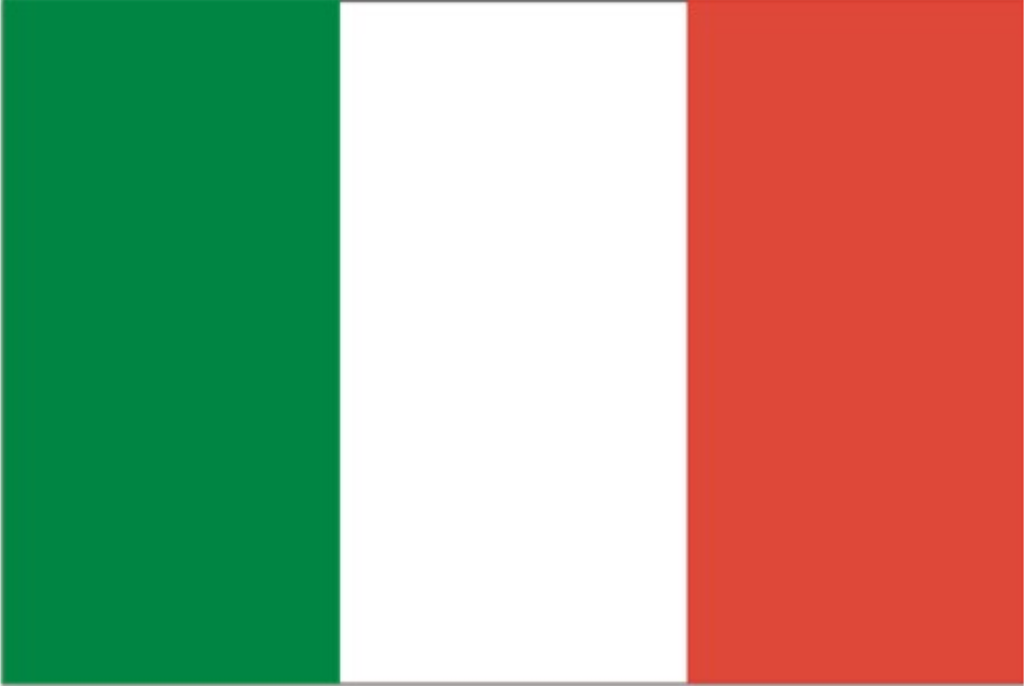How to Integrate Digital Technology into global marketing strategy
In today’s interconnected world, expanding your brand globally requires more than just translating content or running ads in multiple countries. It demands a well-structured global marketing strategy, powered by the right digital technologies. When used effectively, digital tools can help businesses scale, personalize, and optimize their global efforts with unprecedented speed and precision.
1. Start with a Data-Driven Foundation
Every successful global strategy begins with solid market intelligence. Digital tools like:
- Google Analytics
- SEMrush
- SimilarWeb
- Social listening platforms
…help you understand target audiences across regions — their behaviors, needs, and preferences.
Use this data to:
- Identify promising markets
- Segment your audience
- Personalize your messaging
2. Build a Scalable Digital Ecosystem
To operate globally, your digital infrastructure must be:
- Flexible across markets
- Consistent in brand identity
- Integrated for seamless communication
Invest in:
- A multilingual website with localized SEO
- A global CRM platform (like HubSpot, Salesforce)
- Marketing automation tools
- Centralized asset management systems
This ensures every campaign — no matter the region — aligns with your global vision.
3. Localize, Don’t Just Translate
Localization goes beyond language. It includes:
- Adapting visuals and tone of voice
- Respecting cultural norms
- Aligning with local trends and platforms
For example, while Instagram works in Western markets, platforms like WeChat, Line, or TikTok may dominate in Asia. Tailor your digital strategy to each region’s landscape.
4. Use Marketing Automation to Personalize at Scale
Marketing automation allows you to:
- Nurture leads in different time zones
- Send targeted emails based on behaviors
- Deliver region-specific offers automatically
This boosts efficiency and relevance, even when managing large, diverse audiences.
5. Track Performance Globally, Optimize Locally
With digital technologies, you can measure performance across markets in real time. Use dashboards to monitor:
- Conversion rates
- Customer acquisition costs
- Engagement metrics
- ROI by country or region
Then, adjust local strategies based on actual performance — scaling what works, fixing what doesn’t.
6. Align Global Teams with Digital Collaboration Tools
A unified global strategy depends on aligned teams. Use tools like:
- Slack or Microsoft Teams for communication
- Asana or Trello for project management
- Notion or Confluence for documentation and knowledge sharing
Digital collaboration ensures consistency, even when your marketing team is spread across the globe


